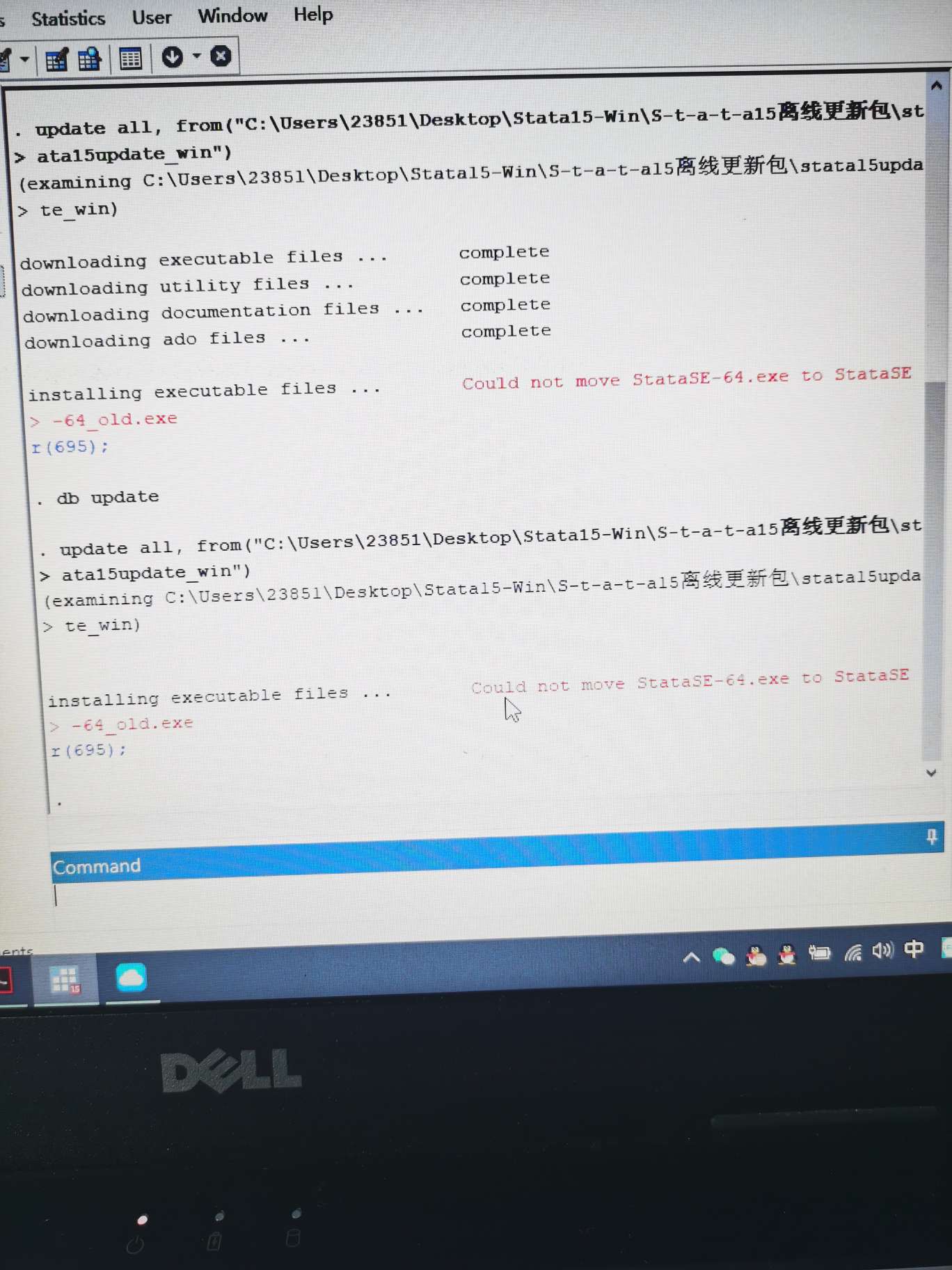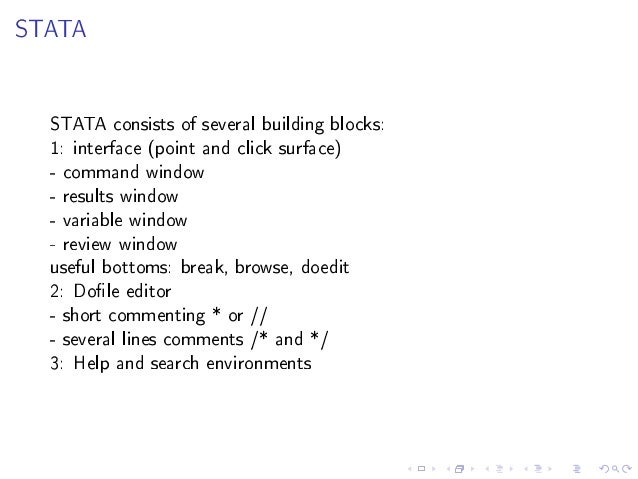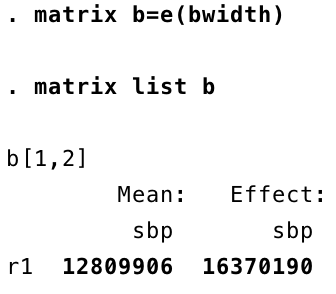

Per l’esportazione in Excel invece sono stati utili gli articoli pubblicati su The STATA Blog "Export tables to Excel" () e "Export tabulation results to Excel - Update" () di Kevin Crow. If a summary field is specified, the unique attribute values of the frequency calculation are summarized by the numeric attribute values of each summary field. Data: Step 1: On the top right corner of the data tab click data analysis. Using syntax for multiple response frequency tables is much simpler: the definition of the set and the command to produce the frequency table are done in One alternative is to use the count () function that comes as a part of the “plyr” package.

In some cases, it may be desirable to transpose the table such that each column is a variables and the rows are strata. It also introduced a new table command that simplifies the process for many kinds of tabulations, and later an etable Click on the Export button in the toolbar of the Data Editor or select Variables > Export Document Variables or Export Code Variables. You can copy and paste next lines into a new empty Rmarkdown document an see the result: About asdoc. Exporting tables to documents with collect export.


The output matrices are saved in rclass and/or in matrices defined by stub (string). ) Then click button under 2 – Read R output in Excel First create a csv output from an R data. png, replace Height of each bar proportional to proportion of observations Method 1: Sorting the Data. Files can be analysed directly in EpiInfo version 6, EpiInfo 2000 or other programs able to read REC files. This means saving any number that should. In Stata, we can use the tabi command to perform Fisher’s Exact test. You can create a table by inputting each cell of a table into Excel, or export a table into Excel using -export excel-or another command below and then format the table using -putexcel. Now click anywhere in the worksheet, and it will insert a scroll bar. First: Start with ‘table1_mc,’ then the exposure expressed as ‘by ( EXPOSURE VARIABLE NAME )’. Type chi in the Search for a Function box and then click “Go”. If we want to write tabular data to an Excel sheet in Python, we can use the to_excel () function in Pandas DataFrame. Collapse allows you to convert your current data set to a much smaller data set of means, medians, maximums, minimums, count or percentiles (your choice of which percentile). asdoc creates high-quality, publication-ready tables from various Stata commands such as summarize, correlate, pwcorr, tab1, tab2, tabulate1, tabulate2, tabstat, ttest, regress, table, amean, proportions, means, and many more. You can see the code, go to the linked path in source A frequency table shows the distribution of observations based on the options in a variable.


 0 kommentar(er)
0 kommentar(er)
